"A feedback system that consists of a sensing element, amplifier, and servomotor, used in the automatic control of a mechanical device."INTRODUCTION
A system for the automatic control of motion by means of feedback. The term servomechanism, or servo for short, is sometimes used interchangeably with feedback control system (servosystem). In a narrower sense, servomechanism refers to the feedback control of a single variable (feedback loop or servo loop)In the strictest sense, the term servomechanism is restricted to a feedback loop in which the controlled quantity or output is mechanical position or one of its derivatives (velocity and acceleration).The purpose of a servomechanism
- Accurate control of motion without the need for human attendants (automatic control)
- Maintenance of accuracy with mechanical load variations, changes in the environment, power supply fluctuations, and aging deterioration of components (regulation and self-calibration)
- control of a high-power load from a low-power command signal (power amplification)
- control of an output from a remotely located input, without the use of mechanical linkages (remote control, shaft repeater).
BLOCK DIAGRAM
 IMPORTANT FIELDS
IMPORTANT FIELDSServomechanisms were first used in speed governing of engines, automatic steering of ships, automatic control of guns, and electromechanical analog computers. Today, servomechanisms ar

e employed in almost every industrial field. Among the applications are cutting tools for discrete parts manufacturing, rollers in sheet and web processes, elevators, automobile and aircraft engines, robots, remote manipulators and teleoperators, telescopes, antennas, space vehicles, mechanical knee and prostheses, and tape, disk, and film drives
A BRIEF NOTE
Servomechanism may or may not use a servomotor. For example a household furnace controlled by thermostat is a servomechanism, yet there is no motor being controlled directly by the servomechanism. A common type of servo provides position control. Servos are commonly electrical or partially electronic in nature, using an
electric motor as the primary means of creating mechanical
force. Other types of servos use
hydraulics,
pneumatics, or
magnetic principles. Usually, servos operate on the principle of
negative feedback, where the control

input is compared to the actual position of the mechanical system as measured by some sort of
transducer at the output. Any difference between the actual and wanted values (an "error signal") is amplified and used to drive the system in the direction necessary to reduce or eliminate the error. An entire science known as
control theory has been developed on this type of system. Servomechanisms were first used in military
fire-control and
marine navigation equipment. Today servomechanisms are used in
automatic machine tools, satellite-tracking antennas, remote control airplanes, automatic navigation systems on boats and planes, and
antiaircraft-gun control systems. Other examples are
fly-by-wire systems in
aircraft which use servos to actuate the aircraft's control surfaces, and
radio-controlled models which use RC servos for the same purpose. Many
autofocus cameras also use a servomechanism to accurately move the lens, and thus adjust the focus. A modern
hard disk drive has a magnetic servo system with sub-micrometre positioning accuracy. Typical servos give a rotary (angular) output. Linear types are common as well, using a
screw thread or a
linear motor to give linear motion.
History
James Watt’s steam engine governor is generally considered the first powered feedback system. The windmill fantail is an earlier example of automatic control, but since it does not have an amplifier or gain, it is not usually considered a servomechanism.
The first feedback position control device was the ship steering engine, used to position the rudder of large ships based on the position of ship’s wheel. This technology was first used on the SS Great Eastern in 1866. Steam steering engines had the characteristics of a modern servomechanism: an input, an output, an error signal, and a means for amplifying the error signal used for negative feedback to drive the error towards zero.
Electrical servomechanisms require a power amplifier. World War II saw the development of electrical fire-control servomechanisms, using an amplidyne as the power amplifier. Vacuum tube amplifiers were used in the UNISERVO tape drive for the UNIVAC I computer. Modern servomechanisms make use of solid state power amplifiers, usually built from MOSFET or thyristor devices. Small servos may use power transistors.
The origin of the word is believed to come from the French “Le Servomoteur” or the slavemotor, first used by J. J. L. Farcot in 1868 to describe hydraulic and steam engines for use in ship steering.
Applications
Servomechanisms are useful to control motion without human attendants, or to maintain the accuracy of an environment like a power plant, and to control action from a remote isolated station. The controller typically uses (and has) much less power than that of what is being controlled. Almost always it is the position or velocity which is being controlled.
Servomechanisms are used to control mechanical things such as motors, steering mechanisms, and robots. Servomechanisms are used extensively in robotics. A robot controller can tell a servomechanism to move in certain ways that depend on the inputs from sensors. Multiple servomechanisms, when interconnected and controlled by a sophisticated computer, can do complex tasks such as cook a meal. A set of servomechanisms, including associated circuits and hardware, and intended for a specific task, constitutes a servo system.Servo systems do precise, often repetitive, mechanical chores. A computer can control a servo system made up of many servomechanisms. For example, an unmanned robotic warplane (also known as a drone) can be programmed to take off, fly a mission, return, and land. Servo systems can be programmed to do assembly-line work and other tasks that involve repetitive movement, precision, and endurance.
A servo robot is a robot whose movement is programmed into a computer. The robot follows the instructions given by the program, and carries out precise motions on that basis. Servo robots can be categorized according to the way they move. In continuous-path motion, the robot mechanism can stop anywhere along its path. In point-to-point motion, it can stop only at specific points in its path. Servo robots can be easily programmed and reprogrammed. This might be done by exchanging diskettes, by manual data entry, or by more exotic methods such as a teach box. When a robot arm must perform repetitive, precise, complex motions, the movements can be entered into the robot controller’s memory. Then,when the memory is accessed, the robot arm goes through all the appropriate movements. A teach box is a device that detects and memorizes motions or processes for later recall.
The constant speed control system of a DC motor is a servomechanism that monitors any variations in the motor’s speed so that it can quickly and automatically return the speed to its correct value. Servomechanisms are also used for the control systems of guided missiles, aircraft, and manufacturing.
The power steering system in an automobile is an example of a servomechanism. The direction of the front wheels is controlled by the angle of the steering wheel. Should the motion of the car turn the front wheels away from the desired direction, the servomechanism, consisting of a mechanical and hydraulic system, automatically brings the wheels back to the desired direction. Another example of a servomechanism is the automatic control system by which a THERMOSTAT, (q.v.) in one of the rooms of a house controls the heat output of the heating furnace. Other examples include automatic pilots used on ships, aircraft, and space vehicles, in which the direction of motion of the vehicle is controlled by a compass setting. Unmanned spacecraft are automatically turned to point their cameras, radio antennae, and solar panels in the desired directions by servomechanisms. The input in that case is the sensing of the direction of the sun and stars, and the output is the control of small jets that turn and orient the spacecraft.
A common type of servo provides position control. Servos are commonly electrical or partially electronic in nature, using an electric motor as the primary means of creating mechanical force. Other types of servos use hydraulics, pneumatics, or magnetic principles. Usually, servos operate on the principle of negative feedback, where the control input is compared to the actual position of the mechanical system as measured by some sort of transducer at the output. Any difference between the actual and wanted values (an “error signal”) is amplified and used to drive the system in the direction necessary to reduce or eliminate the error. An entire science known as control theory has been developed on this type of system.
Servomechanisms were first used in military fire-control and marine navigation equipment. They were also used in military applications, such as an antiaircraft gun that tracks a plane via radar. As the plane moves the radar gives the plane’s position information to the gun, which computes the new position of the plane and realigns. This process can go indefinitely. Some other applications are satellite tracking and satellite antenna alignment systems, automatic machine tools, star-tracking systems on telescopes (since the stars’ position changes as the earth rotates), and navigation systems.
RC servos are hobbyist remote control devices servos typically employed in radio-controlled models, where they are used to provide actuation for various mechanical systems such as the steering of a car, the flaps on a plane, or the rudder of a boat.Typical servos give a rotary (angular) output. Linear types are common as well, using a screw thread or a linear motor to give linear motion. RC servos are composed of an electric motor mechanically linked to a potentiometer. Pulse-width modulation (PWM) signals sent to the servo are translated into position commands by electronics inside the servo. When the servo is commanded to rotate, the motor is powered until the potentiometer reaches the value corresponding to the commanded position. Due to their affordability, reliability, and simplicity of control by microprocessors, RC servos are often used in small-scale robotics applications.The servo is controlled by three wires: ground (usually black/orange), power (red) and control (brown/other colour). This wiring sequence is not true for all servos, for example the S03NXF Std. Servo is wired as brown(negative), red (positive) and orange (signal). The servo will move based on the pulses sent over the control wire, which set the angle of the actuator arm. The servo expects a pulse every 20 ms in order to gain correct information about the angle. The width of the servo pulse dictates the range of the servo’s angular motion. A servo pulse of 1.5 ms width will set the servo to its “neutral” position, or 90°. For example a servo pulse of 1.25 ms could set the servo to 0° and a pulse of 1.75 ms could set the servo to 180°. The physical limits and timings of the servo hardware varies between brands and models, but a general servo’s angular motion will travel somewhere in the range of 180° – 210° and the neutral position is almost always at 1.5 ms.RC Servos are usually powered from either NiCd or NiMH packs common to most RC devices. More recently these systems are powered by Lithium Polymer (LiPo) packs. Voltage ratings vary from product to product, but most servos are operated at 4.8 V or 6 V DC from a 4 or 5 cell NiCd or NiMH battery, or a regulated LiPo pack.
Another device commonly referred to as a servo is used in automobiles to amplify the steering or braking force applied by the driver. However, these devices are not true servos, but rather mechanical amplifiers.
Today servomechanisms are used in automatic machine tools, satellite-tracking antennas, remote control airplanes, automatic navigation systems on boats and planes, and antiaircraft-gun control systems. Other examples are fly-by-wire systems in aircraft which use servos to actuate the aircraft’s control surfaces, and radio-controlled models which use RC servos for the same purpose. Many autofocus cameras also use a servomechanism to accurately move the lens, and thus adjust the focus. A modern hard disk drive has a magnetic servo system with sub-micrometre positioning accuracy
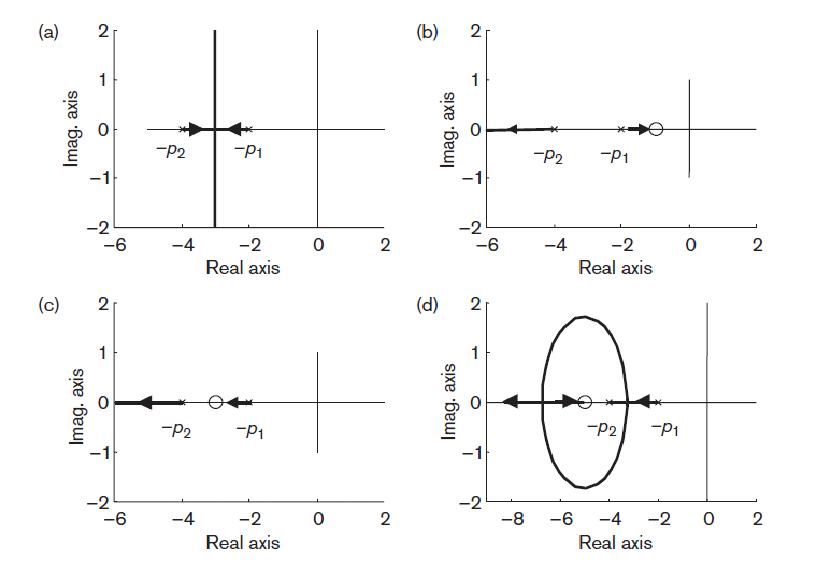 Effect of adding a zero to a second-order system root locus.
Effect of adding a zero to a second-order system root locus.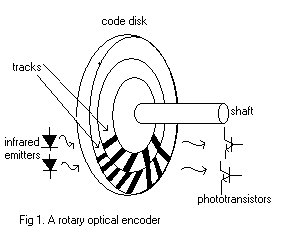
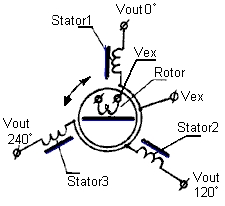

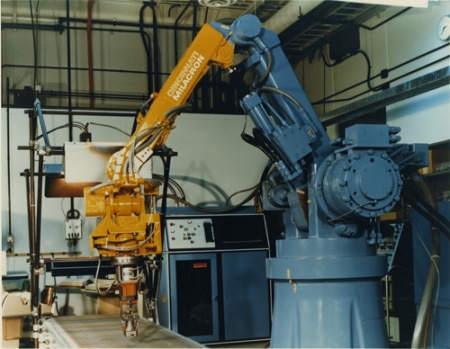
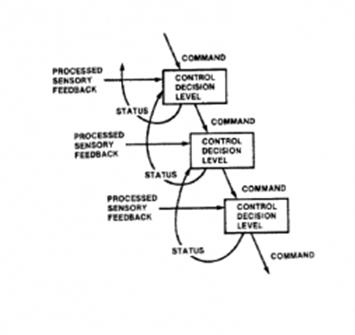
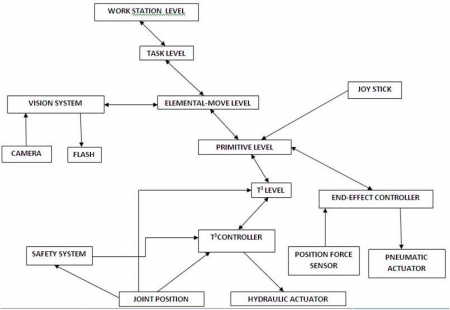
 IMPORTANT FIELDS
IMPORTANT FIELDS
